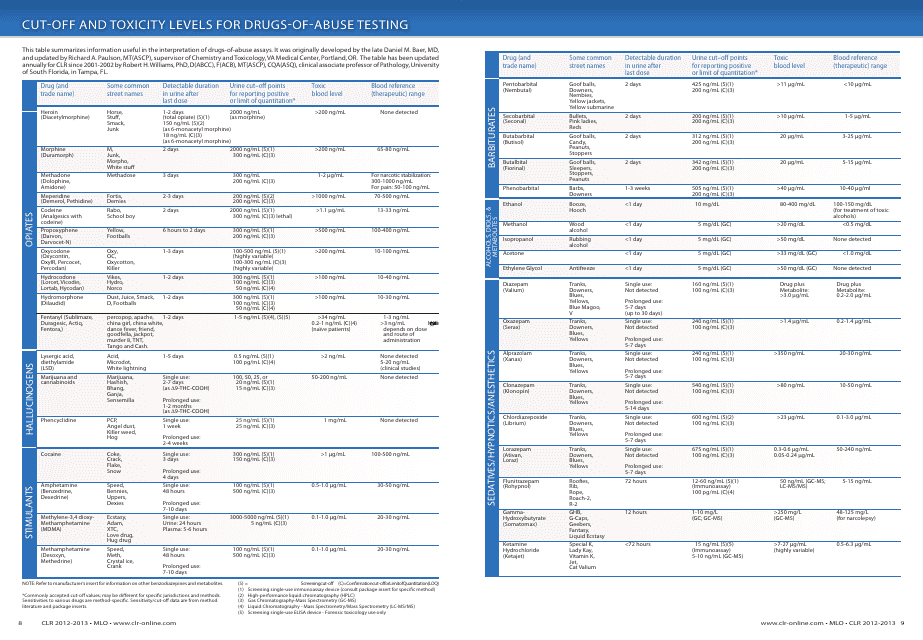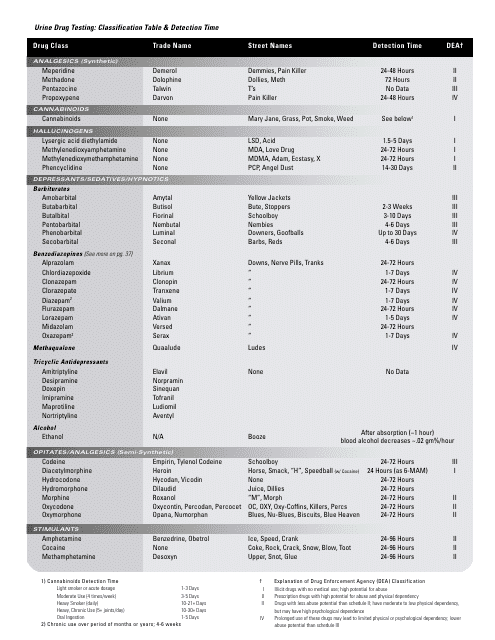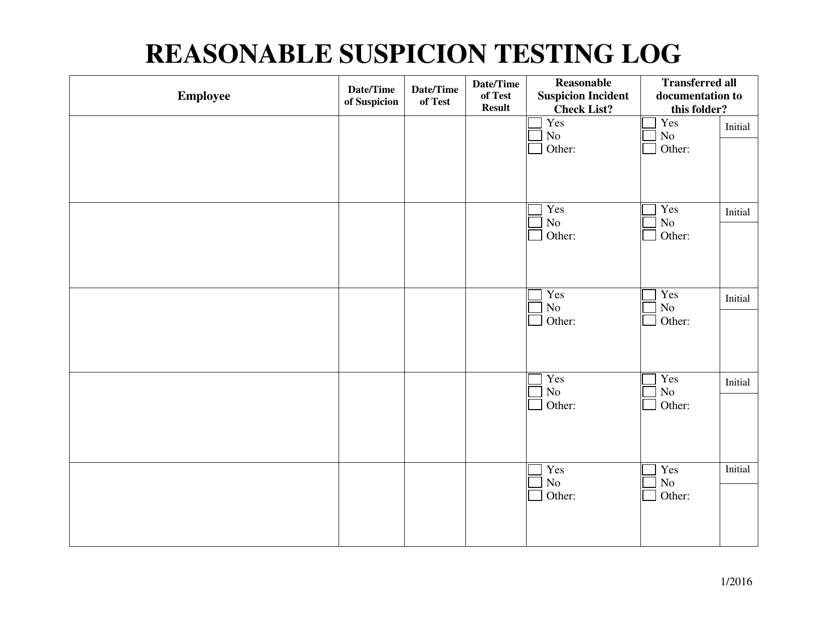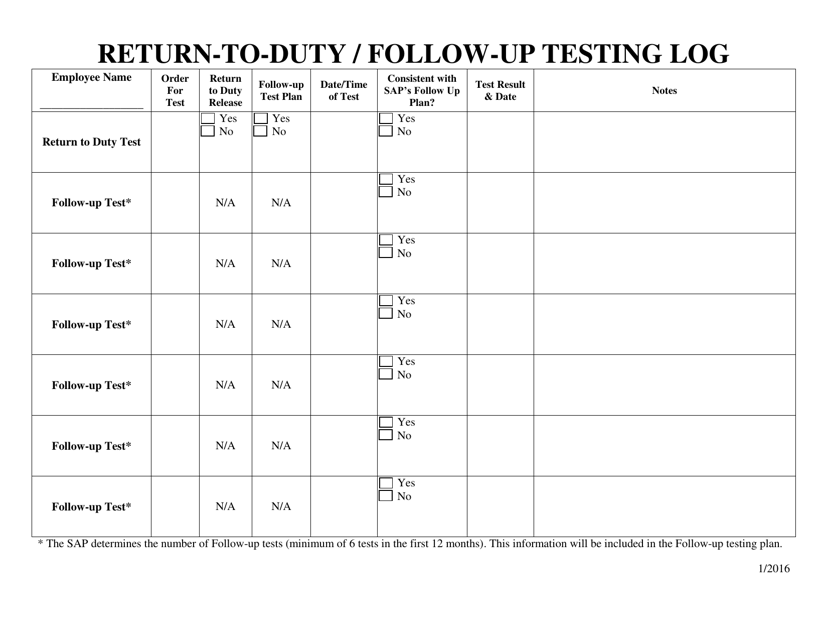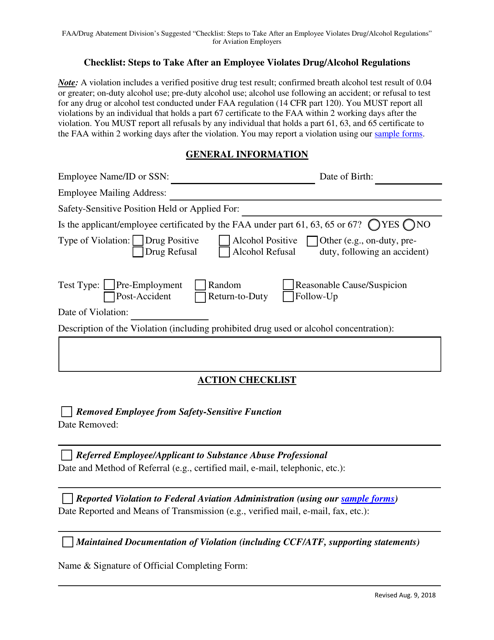Drug Testing Procedures Templates
Drug testing procedures refer to a set of protocols and guidelines that are followed to test individuals for the presence of drugs in their system. These procedures are crucial in various settings such as workplaces, schools, and sports organizations, to ensure the safety and well-being of individuals.
Drug testing procedures involve the collection of biological samples, most commonly urine, which are then analyzed for the presence of illegal or controlled substances. These procedures often include the use of a cut-off and toxicity levels chart to determine the threshold for detection. This chart helps in identifying the levels of drugs in the sample that are considered positive.
Urine drug testing is a common method used in drug testing procedures due to its ease of collection and reliable results. A classification table and detection time chart are used to interpret the results of urine drug tests. This chart displays the detection windows for different drugs, allowing for accurate analysis of the test results.
In certain situations, drug testing procedures may be conducted based on reasonable suspicion. A reasonable suspiciontesting log is used to document the observations and behaviors that led to the decision for testing. This log helps ensure transparency and fairness in the testing process.
Moreover, in some cases, individuals who have previously tested positive for drug use may be required to undergo return-to-duty or follow-up testing. These tests are crucial in monitoring their compliance with drug-free policies. A return-to-duty/follow-up testing log is maintained to track and document these testing instances.
To ensure legal compliance and obtain informed consent, drug testing procedures often involve the use of a drug testing consent form. This form outlines the purpose of the test, the types of drugs being tested, and the consequences of a positive result. It also provides individuals with the opportunity to provide their consent voluntarily.
In summary, drug testing procedures encompass a range of protocols and documentation aimed at accurately and fairly testing individuals for the presence of drugs. They are crucial in various settings to promote safety, enforce policies, and monitor compliance.
Documents:
6
This document provides a chart that specifies the cutoff and toxicity levels for drugs of abuse testing. It helps in understanding the thresholds for detecting various drugs in a person's system.
This document provides a classification table and detection time chart for urine drug testing. It helps to understand which drugs can be detected and how long they can stay in the body.
This document is a log used in Ohio to record reasonable suspicion testing. It helps to document and track instances where employees are subjected to drug or alcohol testing based on reasonable suspicion of substance abuse.
This document is used in Ohio to keep a record of return-to-duty and follow-up testing.
This type of form is signed by an employee (or somebody going through the interview stage) to confirm that they have given their consent to provide a sample to test for drugs.
This document is a checklist that outlines the steps to take after an employee violates drug and alcohol testing regulations. It provides guidance on how to handle such situations in compliance with the law.

